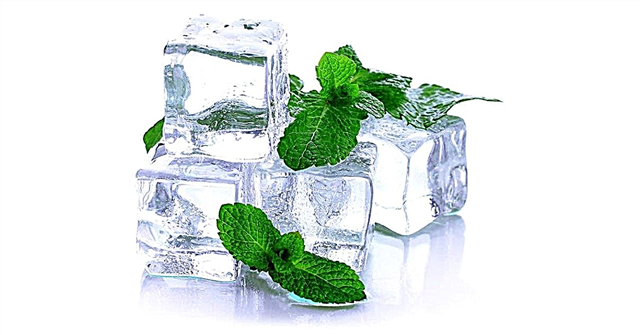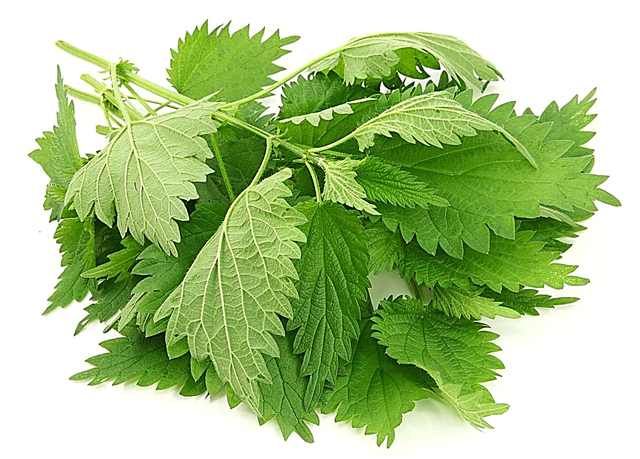
Jellied meat is a favorite dish in many families. It is cooked from chicken, pork, beef, sometimes combining several varieties of meat. Ideally, the result of boiling should be a clear, clear broth. But it can be muddy.
Why can jelly broth become clouded, what pollutants are in its composition, forming an unpleasant appearance of the dish? Is it possible to avoid clouding, "save" the already spoiled broth? The answers to these questions worry many hostesses.
How is turbidity formed during the cooking process?
To prepare jellied meat legs, ears, tails are used. Cheap meat products are often characterized by low-quality processing - they may contain dirt, soot, formed by singeing and other particles. Small fragments of bones, dirt are removed during washing, they must be washed thoroughly.
To guarantee the elimination of pollutants and unwanted elements, chefs recommend not only washing the meat in several waters, but also putting it on a boil, bringing the water in a pan to a boil, then draining it. Then they pour the water again, set the broth to boil until the end for 4-6 hours. This event eliminates the risk of the formation of foam, turbidity from harmful substances almost completely.
However, sometimes the broth still comes out opaque, and even with flakes of gray, whitish, blackish color in the composition.Transparent jelly from it will not work, banal filtering does not always help. Why does this happen if the dish was prepared from well-washed foods?
Often this happens when, at the first stages of cooking, the meat gave foam, which was not removed in a timely manner, dissolved in the broth, depriving it of transparency. Regardless of the purity, the meat during cooking gives a protein foam, which may contain particles of fat, bone marrow. Foam floats, bubbles on the surface. You can not remove it when the transparency of the broth is not particularly important, while cooking the jellied meat it is better to remove it. Otherwise, in the future it will settle itself, the protein will turn into a liquid, depriving it of transparency.
All these particles make the broth grayish, whitish, give it other colors, and deprive of normal transparency. As a result, the dish looks unappetizing, untidy, does not bring joy and does not create a sense of celebration.
Is it possible to fix the situation with a muddy jelly?
Noticing that the broth is opaque, the chef can take a number of measures to clean it, make it mouth-watering. Having boiled the muddy liquid again, driving several raw eggs into it, you can get a thick lush foam. This time the moment cannot be missed, it should be quickly removed and discarded. The egg contains protein, which coagulates when it enters hot water, taking particles of turbidity of any origin with it, binding them and throwing them away in the form of foam.
Part of the egg white will settle to the bottom, large flakes can easily be removed by filtering. The broth will become transparent, clean.It can be used for aspic, garnished with chopped vegetables, herbs, egg halves and other products that are traditionally used in the preparation of a festive dish.
Thus, the jelly gets cloudy due to the ingress of pollutants into the broth, or due to the protein digested from the meat products, which was not removed at the first stages of foam cooking. If the transparency of the dish is fundamental, you can take measures and lighten the broth to please the family or guests with not only a delicious, but also a beautiful product.












